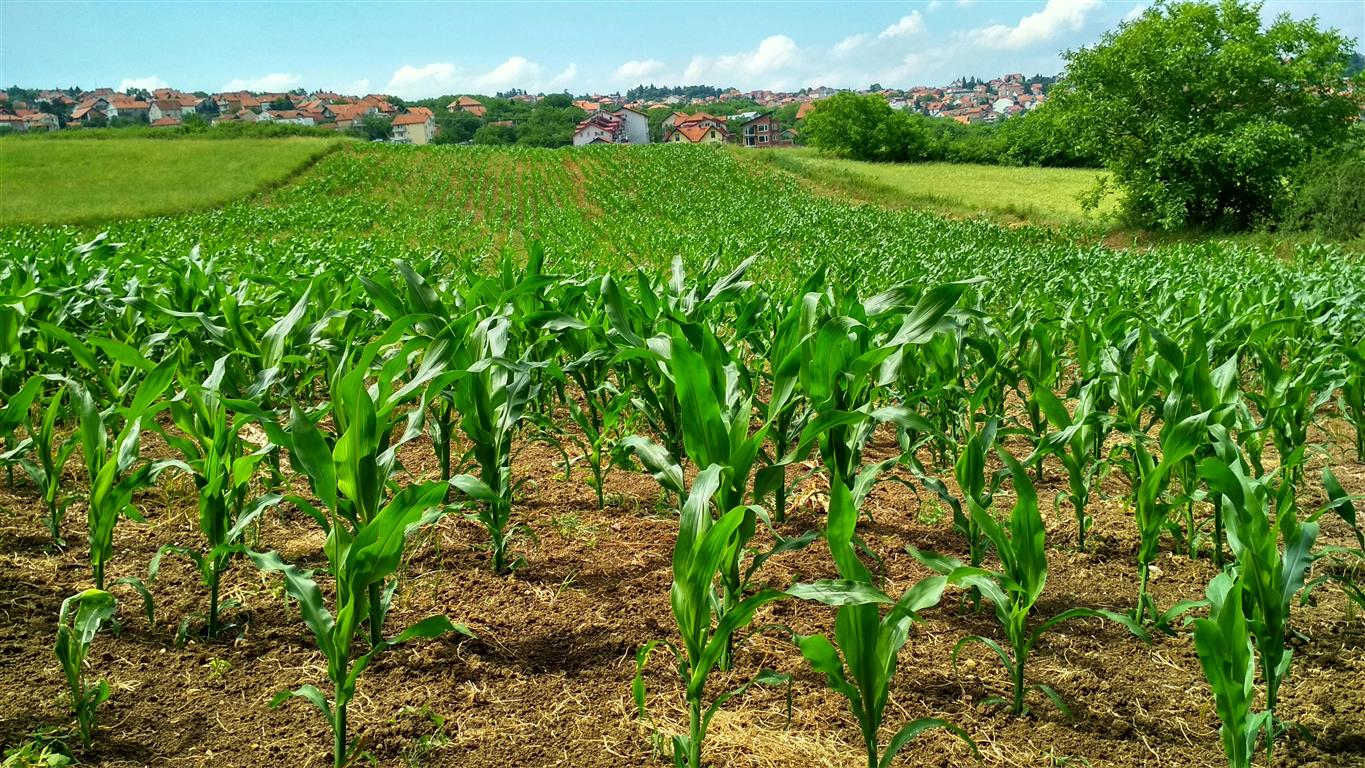
The way food reaches your plate is undergoing a quiet transformation. Beneath the surface of supermarket shelves and seasonal menus, a new approach to farming is taking root—one that responds not only to growing consumer demands, but to the climate pressures reshaping agriculture itself. This shift is encapsulated in a term now gaining traction globally: climate-smart agriculture.
Rather than representing a single technique or tool, climate-smart agriculture refers to a broader set of strategies that aim to adapt food production to changing weather patterns while minimizing harm to the environment. It’s not about futuristic technology or grand reinventions, but about how farmers—smallholders and large producers alike—adjust their daily practices in response to climate reality.
Farming in a Changing Climate
Agriculture has always been closely tied to the climate. A few degrees’ difference in temperature, too much or too little rain, or unseasonal frosts can ruin an entire harvest. But the stakes are rising. According to the Intergovernmental Panel on Climate Change (IPCC), global food production is increasingly at risk due to more frequent droughts, flooding, and heatwaves. Crops like wheat, corn, and rice are showing signs of yield instability, particularly in regions that have traditionally relied on predictable weather cycles.
Livestock farming is also feeling the pressure. Heat stress affects animal health and productivity. At the same time, methane emissions from cattle and the degradation of grazing lands contribute to the warming problem in a feedback loop that’s hard to ignore.

Climate-smart agriculture addresses this complexity not with silver bullets, but with grounded, context-specific approaches.
What Climate-Smart Agriculture Looks Like
On the ground, climate-smart farming practices can include:
- Crop rotation and diversification: Planting different crops across seasons or on the same land can improve soil health and reduce vulnerability to pests or changing conditions.
- Agroforestry: Integrating trees with crops or livestock creates shade, enriches the soil, and enhances biodiversity.
- Conservation tillage: Reducing how often soil is disturbed prevents erosion, improves moisture retention, and supports microbial life underground.
- Precision irrigation: Targeting water use based on weather, soil moisture, and plant needs conserves a limited resource without sacrificing yield.
- Resilient seed varieties: Breeding plants that can withstand drought, pests, or heat can help maintain output as conditions shift.
These methods aren’t new in concept—many draw from indigenous knowledge or traditional practices—but their organized, strategic application is what defines this movement.
The Global and Local Impacts
Climate-smart agriculture isn’t just a matter of environmental stewardship. It has direct effects on food availability, prices, and nutrition—outcomes that are felt by consumers everywhere, from urban markets in Europe to remote villages in Africa.
In regions vulnerable to drought, for instance, farmers who adopt drought-resistant crops and soil-moisture practices can maintain production, helping stabilize local food supplies and prevent hunger. That steadier output also protects against sharp price swings, which can ripple through international markets and hit everyday grocery bills.
In rice-producing nations like Vietnam and Bangladesh, introducing wetting-and-drying techniques in paddies (as opposed to keeping fields constantly flooded) has reduced methane emissions without lowering yields. At the same time, it lowers costs for farmers and ensures long-term viability for one of the world’s most consumed grains.

On Your Plate
For the average consumer, climate-smart agriculture may not be obvious at the dinner table—but its presence is growing.
You might notice more labels highlighting regenerative or climate-conscious farming. Restaurants may begin sourcing from farms that avoid monocropping or that prioritize soil-building techniques. Supermarket chains are investing in supply chains that are less exposed to climate risks, favoring producers who show resilience and consistency.
Even subtle shifts—like when fresh produce appears in season, or which products stay affordable—are shaped by how well agriculture is adapting to climate stress.
Plant-based foods also play a role. Not simply because they require fewer resources than animal products, but because many of the legumes and grains used in these foods are compatible with climate-smart practices. Lentils, chickpeas, and millet, for example, thrive in dry conditions and help restore nitrogen to the soil, reducing dependence on chemical fertilizers.
Challenges on the Ground
Implementing climate-smart agriculture isn’t without hurdles. Farmers, especially smallholders in low-income regions, often lack the financial buffer or institutional support to overhaul practices. Access to credit, training, and reliable weather data remains limited in many areas. Policies may lag behind, offering few incentives for environmentally friendly choices.
Moreover, some climate-smart practices can initially lead to lower yields as ecosystems recalibrate—a tough sell in regions where food security is already fragile. Overcoming these challenges requires partnerships between governments, non-profits, research institutions, and the private sector.
Consumer support can also play a role. Choosing foods from sources committed to environmentally conscious methods, or advocating for agricultural policies that prioritize resilience, adds pressure for systemic change.
Looking Ahead
Climate-smart agriculture is not a fringe trend or a marketing term. It’s an urgent response to real-world pressures affecting one of humanity’s most basic needs: the ability to grow food.
Its impact on your plate may not be dramatic or flashy, but it’s significant. It means that your morning oats might come from a farm that uses cover crops to enrich the soil. Your salad greens could have been grown with half the water once needed. The beans in your soup might have helped restore the land they were planted in.
As the global food system navigates an uncertain future, the shift toward climate-aware practices may not promise perfection, but it offers something else: resilience. In that sense, every climate-smart decision at the farm level extends far beyond the fields—and ultimately, to the plate in front of you.






